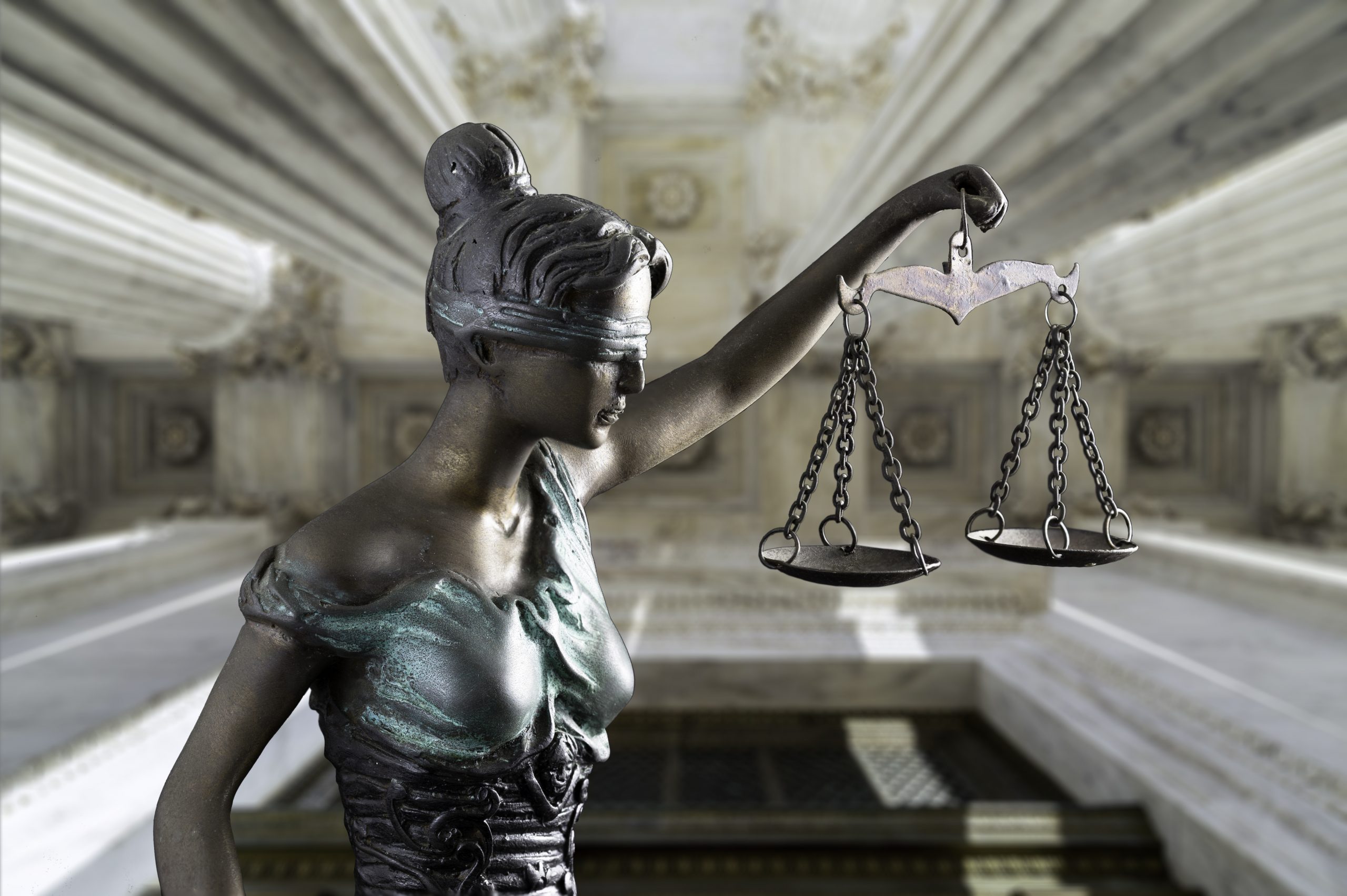What Courts Are (and Are Not) For

Anyone contemplating the performance of America’s judiciary over the last seventy years would gain the impression that American courts are constituted as revolutionary committees whose function is to impose new moral, social, or economic rules on society. This is a shared view of America’s right and its left.
The right seeks to restore what it views as the Golden Age that existed between the suppression of the 1877 railroad strike and the progressive era—a period in which an income tax was invalidated, social legislation retarded, and an American welfare state prevented. Contrary to its own view, it has secured its share of victories. The antitrust laws have been vitiated, as has the Norris-La Guardia Act and, to a large extent, the civil jury trial. Private rights have been held to trump public order in the recent McDonald case subjecting state firearms laws to discretionary censorship by the Supreme Court. The federal administrative agencies that have survived legislative deregulation have been similarly subordinated to the United States Court of Appeals for the District of Columbia Circuit.
The victories of the left, given a new lease on life by the civil rights movement, are better understood. “The idea of equality, once loosed,” Archibald Cox prophetically observed, “is not easily cabined.” No less an authority than the late Justice Ruth Ginsburg, who campaigned from the bench for longer statutes of limitations, has proclaimed that a drive for ever greater equality is the central principle of the American constitution. Thus it is that school districting, financing, and discipline have been subjected to constant judicial interference, family law has been reshaped, society’s interest in systems of sexual morality denied, and parity enforced between those characteristically raising families and those infrequently doing so.
At the risk of being accused of fostering the precepts of Ptolemy in a Copernican age, I would deny that this is what courts are for. Both the classical and Christian tradition and the views of the Constitution’s framers argue against such capacious views of judicial power and competence. The function of the magistrate, Aristotle proclaimed in the third book of the Nicomachean Ethics, was corrective justice, the restoration of the status quo when society was disturbed by crimes or civil wrongs. Distributive justice, having to do with the distribution of goods and rights in society, was the function of rulers: a monarch in traditional societies, a legislature in democratic ones. Similar views are found in Aquinas’ Summa Theologica.
The framers of our Constitution, for their part, forswore both microeconomics and moral philosophy as guiding principles. Proposals to embed an anti-monopoly clause in the Constitution were rejected, as were proposals to make the establishment clause binding against the States. On no fewer than three occasions, they voted not to give the Supreme Court a power of discretionary review over the acts of State legislatures.
Instead, a Constitution was enacted to provide a political structure for the settlement of inevitable economic and moral disputes. Horizontal and vertical separations of powers were provided to reduce their virulence and allow political losers to fight another day, as were guarantees of fair and frequent elections and freedom of political speech. Standing armies, the common means of political oppression prior to the modern invention of police forces and intelligence agencies, were restricted. Freedom from fear was secured for political actors by guarantees of procedural due process, habeas corpus, and the particular guarantees of fair criminal procedure in the Bill of Rights, inspired by both British experience and the colonial abuses catalogued in the Declaration of Independence.
What was contemplated, as Justice Holmes famously declared, was a Constitution “for people of differing views.” The courts wielded a veto, not a prod. The courts’ not infrequent usurpations of greater powers have not been kindly regarded by history. The Dred Scott decision, the Legal Tender cases, the Income Tax case, and the cases invalidating early attempts at social and civil rights legislation did not establish any social consensus and did more to inflame factions than restore social peace, since those given permanent victories find it unnecessary to listen to the losers. That will be the the judgment of history on most of the civil rights cases, once enfranchisement was secured, and on the women’s rights, reapportionment, and gay rights cases.
The discovery of the judicial process by new contending groups has produced a debasement in its methods, ill-adapted in any case to inquire into large questions of public policy. Recent years have seen an abdication by both federal and state attorneys general of their duties to defend legislation, collusive consent decrees and class actions scattering largesse on both lawyers and government bureaucracies, and disregard of the statutory restraints enacted in both the Progressive and New Deal eras against ‘government by injunction.” In the process, ever-larger political factions have come to regard the courts as their enemies.
The consequence has been that American courts, unlike those of Britain, have feared to exercise their proper role as defenders of fair procedure. Persons imprisoned for years in the United States as ‘terrorists’ without so much as an administrative hearing have been liberated within hours of their arrival on British soil. The courts there do not pretend to be representative bodies, nor are they constituted as such. There, judges are not appointed to represent races, genders, nationalities, religions, or political parties. Their allegiance is to two restricted but important functions without which liberty cannot survive: predictability in rules governing private relations, and freedom from fear of arbitrary confinement by the executive.
George Liebmann, a Baltimore lawyer, is the author of The Common Law Tradition: A Collective Portrait of Five Legal Scholars (Transaction Books), among other works.